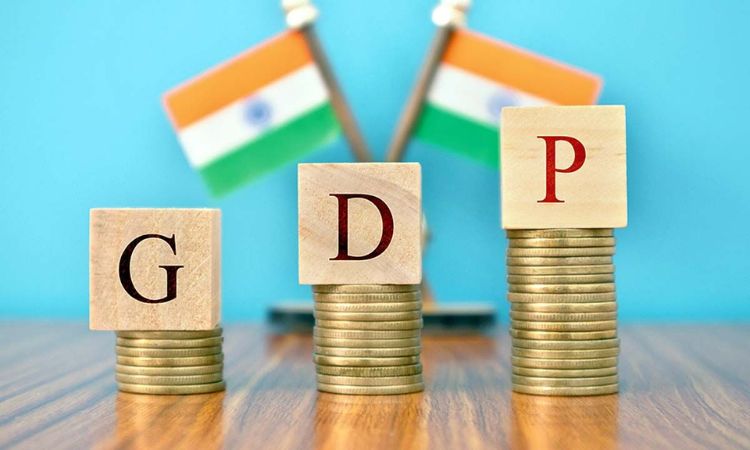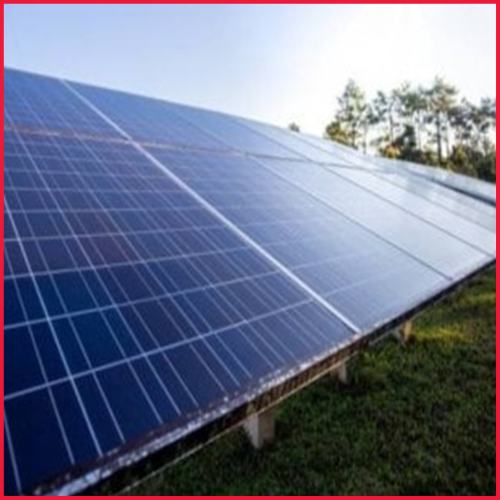Das said that the MPC agreed to leave the policy rate steady at 6.5 percent at its monetary policy meeting. It was the same at the last (April) meeting.

On Thursday, Reserve Bank of India Governor Shaktikanta Das revealed that real GDP growth for FY24 is expected at 6.5%, with the first quarter at 8%, the second quarter at 6.5%, the third quarter at 6%, and the fourth quarter at 5.7%.
Domestic demand circumstances remain favorable for growth, according to the Governor. Rural demand is increasing, but urban demand is stable, he noted.
Leading analysts had anticipated the results in the range of 5.5% to 6.3% in the run-up to the MPC’s last meeting — the OECD envisaged FY24 real GDP at 6%, the World Bank at 6.3%, JP Morgan at 5.5%, and UBS at 6.2%.
Das said that the MPC unanimously resolved to leave the policy rate steady at 6.5 percent at its meeting. It was also the case in the last policy meeting (in April). Das said that the committee also opted to concentrate on the removal of conciliatory measures, with a 5-1 vote in support of this attitude.
The MPC forecasted 6.4% real GDP growth in FY24 at its February meeting. The preliminary estimate for FY23 GDP growth was 7%.
In the March quarter (Q4), the Indian economy had a Q4 GDP print of 6.1%. This better-than-expected result increased India’s growth rate to 7.2% in FY23. It surpassed the 7% growth rate predicted in the February second advance projections.
GDP growth grew sequentially in Q4 from the (revised) 4.5% in the previous quarter. The outstanding achievement has helped India maintain its position as the world’s fastest-growing major economy. In FY22, the GDP grew by 9.1%.
However, this was based on a lower base of a Covid-ravaged FY21. India has regained its position as the fastest-growing major economy. In terms of nominal growth, GDP increased by 16.1% in FY23, compared to 18.4% the previous year.
A look back at the highlights of Q4’s remarkable performance
Manufacturing GVA increased 4.5% year on year in the fourth quarter, reversing two-quarters of negative growth.
Capex by the government increased gross fixed capital formation by 8.9% in Q4, bringing its percentage of GDP (Gross domestic product) to an all-time high of 35.3%. Private consumption, on the other hand, remained slow, growing at a 2.9% annual rate.
Gross fixed capital formation increased by 11.4% in FY23, increasing its percentage of GDP to 34%, the highest since FY15.
Overall, GVA increased by 6.5% in Q4 compared to 4.7% the previous quarter, with construction leading the production boom at 10.4%, followed by commerce, hotel, and transportation at 9.1% and finance at 7.1%. The farm sector’s production increased by 5.5% in the third quarter.














